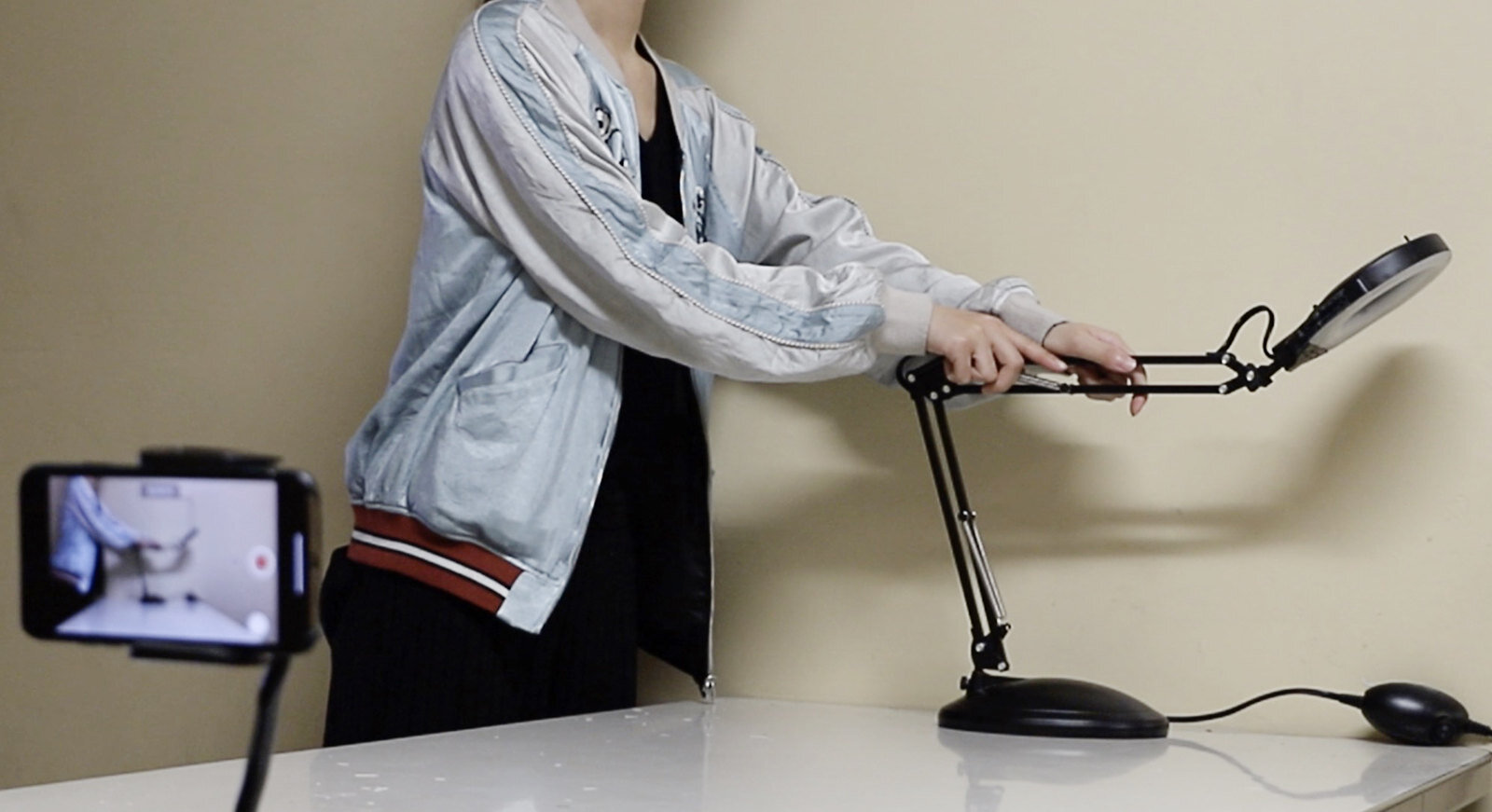![Capturing a video for Robiot’s analysis [Source: UCLA HCI]](https://fabbaloo.com/wp-content/uploads/2020/05/image-asset_img_5eb08d18aa889.jpg)
Researchers at UCLA HCI and Texas A&M have developed a system that can automatically design 3D printable mechanisms from videos.
This sounds a bit strange, but here’s how it works: a video of the required motion is captured. This video is analyzed by the Robiot system, and several approaches for mechanizing the motion are identified. An operator selects which model is optimal, and then the actual parts are generated. The parts end up as fully 3D printable STL files.
The operator can then 3D print and assemble the mechanism, although in most cases there is also a requirement for a motor, power source and possibly different types of sensors.
Robiot Process
A video explains and shows how this process works:
In the video the researchers were able to automate a variety of household mechanical situations, such as closing a window when the temperature drops; opening a drawer without the need for hands; turning a water faucet on and off; and even automatically chopping vegetables, although there may be some safety concerns with that one.
![Selecting design options in Robiot [Source: UCLA HCI]](https://fabbaloo.com/wp-content/uploads/2020/05/image-asset_img_5eb08d194951c.jpg)
This project is quite intriguing, as it attempts to overcome the biggest barrier to mass consumer adoption of 3D printing: the automatic creation of highly useful content.
Content For 3D Printing
This barrier was the primary reason why the widely anticipated consumer 3D printing revolution never happened, along with a few other smaller barriers. The problem was that there was simply no compelling content available for consumer 3D printers, even if they were functionally able to print the content – and at the time, many desktop 3D printers were unable to do so reliably.
In this case, the researchers attempted to use a form of input that the average consumer should be very familiar with using: video. That part of the process seems quite doable.
The next step, where one of the possible designs is selected is also feasible for consumers, although there may be advantages and disadvantages with each option that the consumer may not be aware of.
The final step, assembly and electronics, may be the achilles heel of this concept, as it may be beyond the capability of many consumers. Remember, each activity step added will cause a chunk of the population to drop off, not only from complexity, but simply from a decision being made.
Consumer 3D Printing
![An automatic stapler design created by Robiot [Source: UCLA HCI]](https://fabbaloo.com/wp-content/uploads/2020/05/image-asset_img_5eb08d19bf1a9.jpg)
That consumer decision is simply this: is the end goal worth these extra work steps I must take? The answer will be different for each individual, but again, every step added will reduce the number of users willing to go through to the end.
Perhaps this final step could be simplified in some manner? Some ideas might include using a standardized motor unit that could snap into most custom designs, or simplified sensors that can be mixed and matched easily. It may also be possible to generate detailed, visual assembly instructions to aid the consumer.
The researchers say in their testing six participants were able to automate seven mechanisms in a single hour. However, I am a bit skeptical as to whether the general population would be able to handle this process on their own, particularly the electronics and assembly process.
I can’t say whether this approach would succeed in the marketplace, but I can say this is a truly worthy experiment to do.
Via UCLA HCI

